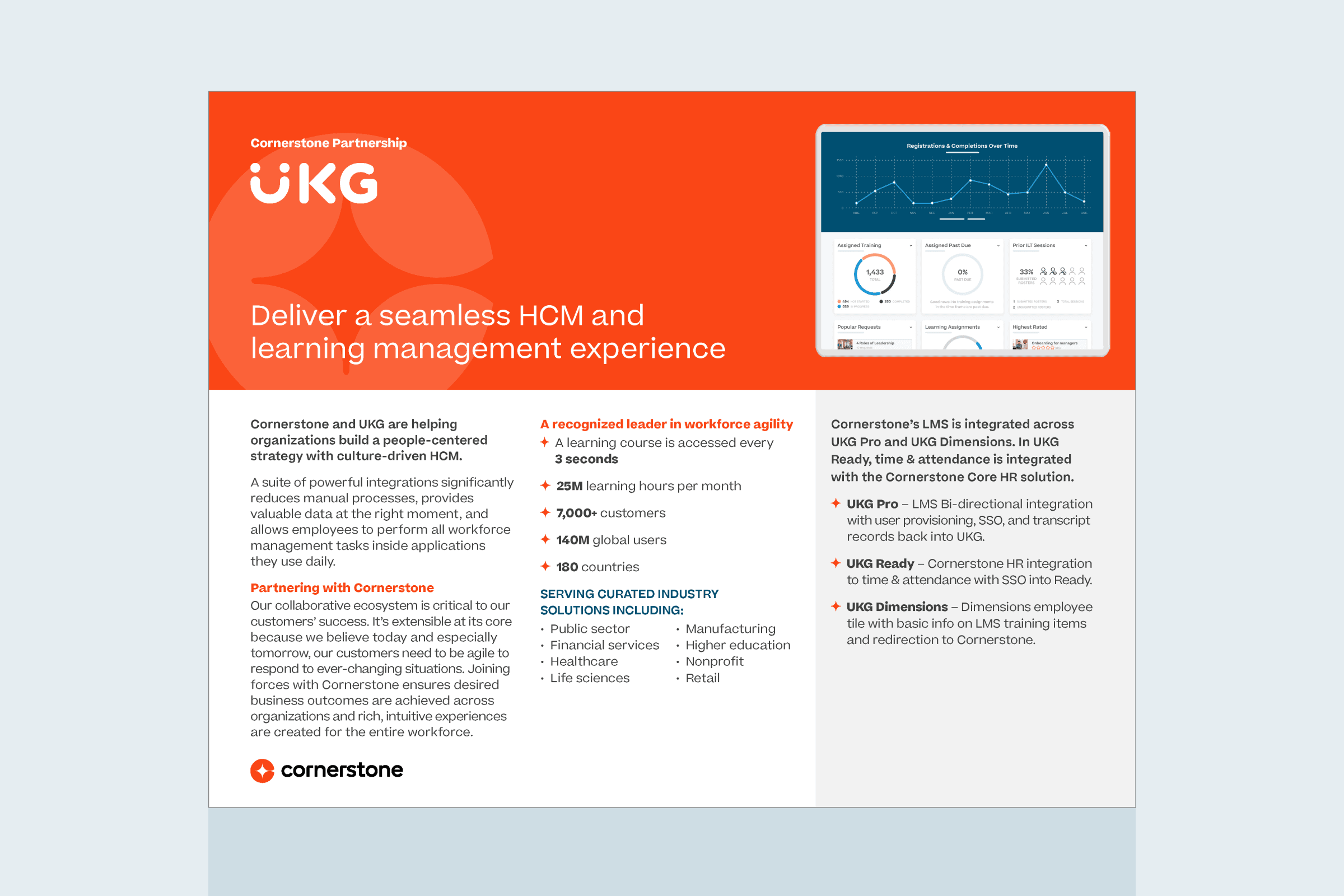Karen Shell watched intently when the Senate Judiciary Committee held confirmation hearings in January for the next U.S. attorney general, a decision that could dramatically impact her day-to-day work. As the director of compliance for National Seating and Mobility (NSM), her interest in these hearings might not be clear at first, but Shell says a shakeup in the Department of Justice's philosophy and focus could seriously affect business.
Monitoring changes in legislation and regulation is just one aspect of her complex role at NSM, a Tennessee-based company that designs one-of-a-kind mobility solutions like manual and power wheelchairs for disabled individuals and their families."It's impossible to follow the rules if you don't know what they are and how they change," says Shell. "Plus, being unaware of a requirement isn't an acceptable defense."
With plenty of important eyes watching, including the Office of the Inspector General at the Department of Health and Human Services (HHS-OIG), Shell sees herself and her counterparts in compliance as revenue protectors. At NSM, the compliance team has its own space on the company' organizational chart, a wholly separate department from legal and human resources with direct, unfiltered access to the board of directors. According to Shell, it's important that the compliance officer maintain independence, so decisions can be made without competing agendas and influences.
A typical workday for Shell involves creating policies, procedures and compliance training, identifying risks and auditing performance as well as serving as a confidential contact for all employees and leadership. We caught up with Shell to take a closer look at her unique experience as a compliance officer.
The major challenge has been keeping up with a constantly changing legislative and regulatory environment, along with changing technology and patient expectations. An additional challenge is presenting compliance as something more than just a necessary cost or a check box. My goal is to ensure that senior leadership knows we're here to support our greater corporate mission, not to hinder it.
Technology is an increasingly important part of our compliance program because we maintain client records and file claims electronically and we communicate with our clients and their medical professionals electronically as well. We have to be careful to keep that information secure, while meeting HIPAA and HITECH regulations.
The benefit of electronic records is that we can use technology to put checks in place to help prevent false claims or more easily audit claims to identify non-compliance and improvement opportunities. We also use technology to train and inform employees. We can keep our compliance messaging fresh and make sure that compliance resources, like the compliance manual, are always current and easily available online. There's not an area of our business that isn't affected by technology, so we have to be sure we maintain compliance on that front, too.
All companies, and definitely those in health care, operate in a complicated regulatory environment. A strong, proactive compliance program is needed to mitigate risks and to make certain the company stays within the guardrails while innovating and moving the mission forward. While a compliance department doesn't generate revenue, it's important that management understands that we're here to protect the business.
The cost of operating a compliance program is far less than the extensive fines and penalties that companies might incur for violating laws and regulations. It's also important to recognize the value in having a certified professional lead the program. For example, I maintain my Health Care Compliance certification through the Health Care Compliance Association, which was established in 1996 to help navigate and translate the complex regulatory requirements.
Our Assistive Technology Professionals (ATPs) work directly with clients with disabilities. They provide mobility with very restricted reimbursement processes from insurance companies, Medicare and other payers. Because not every item we provide is a covered item, it's sometimes difficult for ATPs to understand why we can't just give our clients things for free when they're clearly in need. As much as we'd love to help, the wheelchair industry has an unfortunate history of fraud and abuse, so we have to be especially careful about maintaining compliance with the False Claims Act, beneficiary inducement and anti-kickback statutes.
This can be frustrating, so it's important that I communicate not just what we can and can't do, but also why we have to do it a certain way. I explain that my job isn't to help them get around something, but to do whatever I can to help them through it. The ability to communicate how and why regulations apply to how we do business is important at every level. Everyone from the field employees to the board of directors should understand it.
Yes. It's important to provide employees at every level with an explanation of the laws and regulations that apply to what they do every day. Our training program helps them understand what they need to do to minimize the risk of non-compliance so that we can continue to provide great care for our clients for many years to come.
Our Compliance Manual is a detailed tool to use for guidance, while the Code of Conduct outlines the behaviors we expect and the consequences for not meeting those expectations. Establishing very clear guidelines with open lines of communication for employees at every level is crucial. It's also the part of my job that I find especially rewarding. I enjoy being able to communicate with everyone, from the executives to part-time employees, and developing a level of trust so that anyone feels comfortable coming to me with questions or concerns.
For more on healthcare compliance management, visit https://hr.cornerstoneondemand.com/compliance-healthcare-li
Photo: Creative Commons


